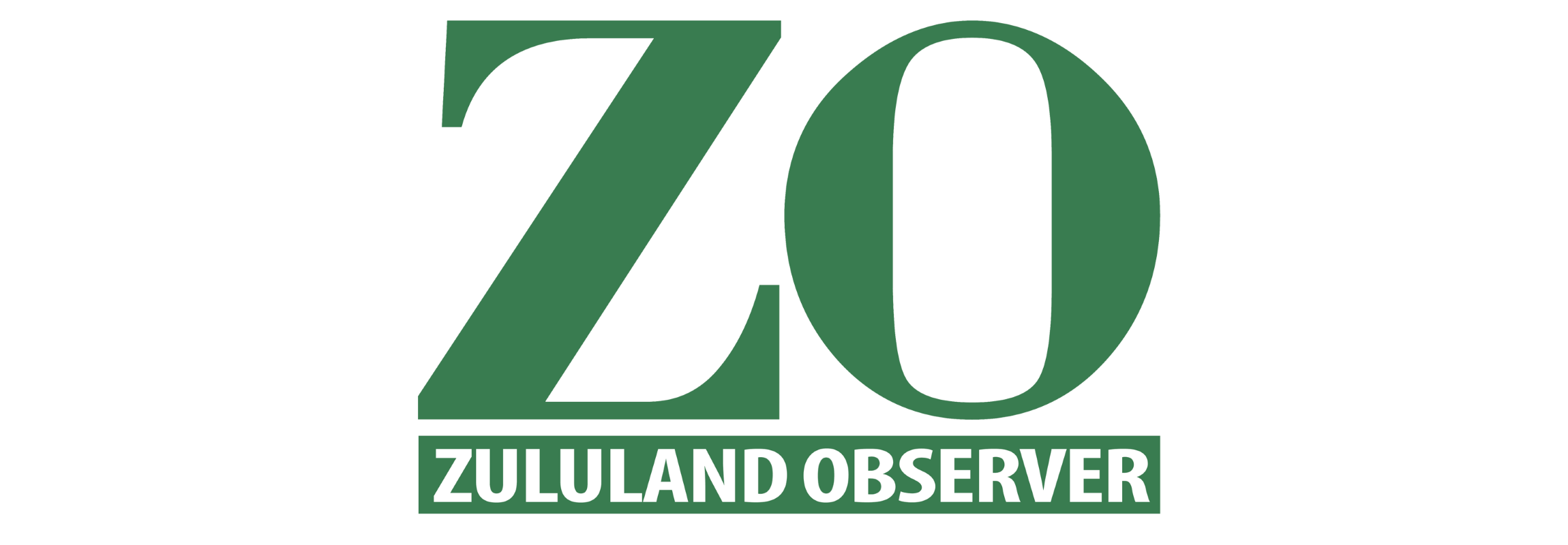Dropping standards a folly
KZN tops the list of the number of enrollments with 169 023 out of the country’s 796 286 matric exam entrants, but a more worrying trend perhaps is the increased number of progressed matric pupils in the province

AS the KZN Department of Education looks to resurrect itself from a sub 70% matric pass rate, thousands of Zululand matriculants prepare to write their final senior certificate examinations from Monday.
KZN tops the list of the number of enrollments with 169 023 out of the country’s 796 286 matric exam entrants, but a more worrying trend perhaps is the increased number of progressed matric pupils in the province.
This figure has risen from 10 633 in 2015 to 27 033 last year – the highest in the country.
In 2016, 36 139 candidates in KZN achieved a Bachelor degree qualifications pass – also the highest in SA.
The class of 2017 has added pressure to outperform their predecessors as KZN authorities eye a 76% matric pass rate.
The province has consecutively seen a downward curve in the matric pass rate since 2013.
The pass rate of 69.5% in 2016 was an improvement on the 60.7% achieved in 2015, while the 2014 statistics showed a dip of 7.7% compared to 2013.
The biggest concern is the future of these youngsters, many who will not only be hurled into a vicious cycle of unemployment, but also face the uncertainty of completing their tertiary studies.
Will universities be able to accommodate students and is the administration adequately prepared for admissions – normally another point of contention and protest action at campuses.
The ripple effect is that all students from first year to final year will be affected – and ultimately the economy as well as no new skilled graduates will be able to enter the job market.
The sad reality is that we are failing the youth of South Africa by consistently dropping standards to increase percentages – a prime example being the 33.33% pass for pupils across all basic levels.
By reducing the competency level of our learners to reach minimal requirements to enter tertiary institutions, we are essentially setting them up for failure.
This is notwithstanding a tornado of political, economic and social influences already swirling over the next batch of matriculants.
What is certain, however, is that in the face of doom and gloom, we will see success stories and outstanding individual performances.
We wish the class of 2017 well during their examinations and can only hope and pray that they secure places at tertiary institutions come 2018 and make a meaningful contribution to the economy.


